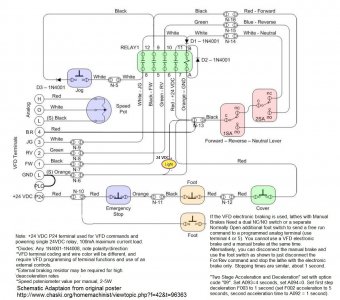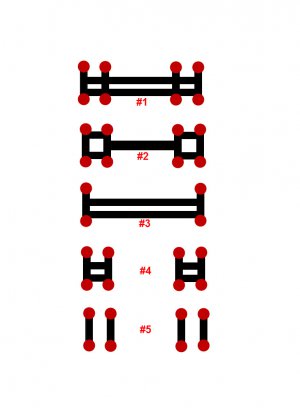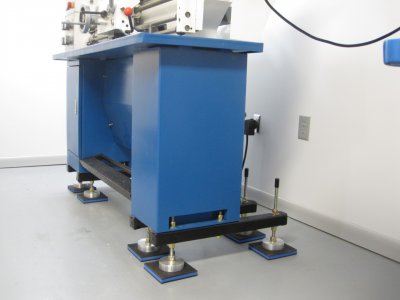- Joined
- May 18, 2015
- Messages
- 231
Matt didn't have an ES12 DRO display in stock but it uses the same scales and cables as the ES8 so everything will be installed except for the display screen. I can live without it for a few weeks since I'll be learning/playing during that time. Besides I could always move the one from the mill over to the lathe in a pinch if I have an urgent need for it.





 I do like the base though
I do like the base though